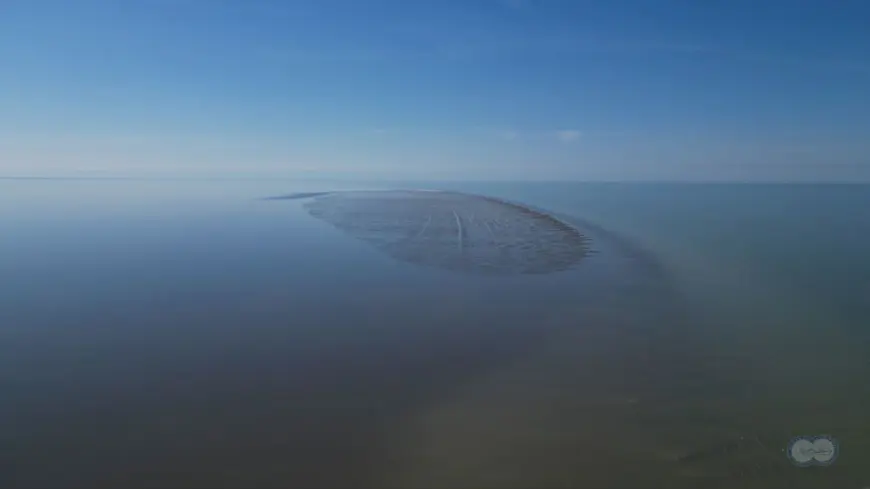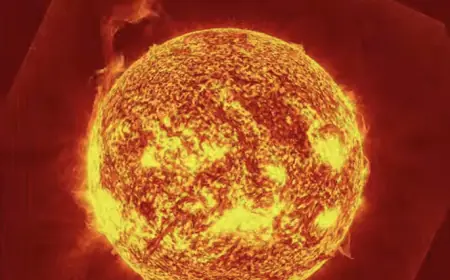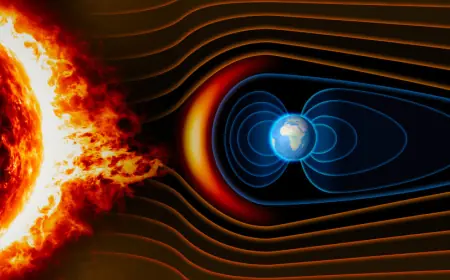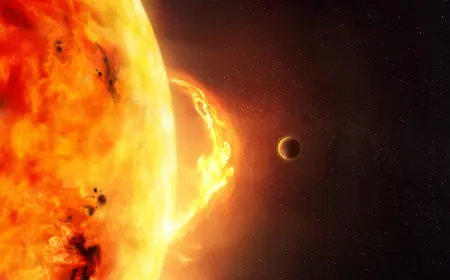A New Island Appears in the Caspian Sea Due to Water Level Decline
The Caspian Sea — the largest enclosed inland body of water in the world — has been steadily losing volume in recent decades. Scientists attribute this to both global and regional climate changes. A newly discovered island in the northern part of the Caspian, found by Russian researchers, has become a striking indicator of the ongoing shallowing of the sea. Naked Science contacted the scientists behind the discovery to learn more details.

Two years ago, a group of European and American researchers analyzed satellite data collected since 1992 and concluded that half of the world’s largest lakes and reservoirs (nearly 2,000 bodies of water) are losing volume. A quarter of them, on the contrary, are growing — reservoirs due to dam construction, and lakes due to being located in sparsely populated areas. The Caspian Sea, however, has long been excluded from the growing group. Its water level has been decreasing for decades, with varying speed. The latest phase began in 2019: for the first two years, the sea level dropped by 10 cm per year, but in 2021, the rate tripled to 30 cm per year. As of February 2025, the average level of the Caspian Sea stood at 29.5 meters below global sea level.
The most visible evidence of this trend is a new island discovered in the northern Caspian, about 30 kilometers southwest of Maly Zhemchuzhny Island. The highest point of the new, as yet unnamed, island rises only 30 centimeters above the water. The landmass was first noticed in satellite images in November 2024, and recent observations confirmed its existence. According to Kirill Litvinov, deputy director for scientific research at the Astrakhan State Nature Reserve, who participated in the expedition, the island is indeed real, though small and barely elevated.
“In the last 30 years, the Caspian Sea has dropped by approximately three meters. This drop is occurring across the entire basin, but the effects are most noticeable in shallow areas with gentle seabeds — especially along the northern Caspian shores of both Russia and Kazakhstan. In some places, the sea has retreated by several kilometers, and in others, by several dozen kilometers,” explained Professor Andrey Kostianoy, Doctor of Physical and Mathematical Sciences and Chief Researcher at the Shirshov Institute of Oceanology of the Russian Academy of Sciences.
The main causes of this shallowing are climate-related: decreasing precipitation, lower river inflow, increased evaporation from both the sea surface and watershed areas. According to Stepan Podolyako, a senior researcher at the same institute and a candidate of biological sciences, since 2006 the sea level has been dropping so significantly that, since 2012, the Caspian has been sustained almost entirely by the flow of the Volga River.
Another reason for the emergence of new islands in the Caspian is the activity of mud volcanoes, which are concentrated in the southern part of the basin. These underwater eruptions can create temporary islands up to three to five meters high in just a few hours. However, such landforms are often eroded by currents within months — hence the name "ghost islands." “On February 14, 2023, a new island, Kumani, emerged over an underwater shoal of the same name. It has existed for more than two years now, and we are monitoring it via satellite,” noted Andrey Kostianoy. “One possible trigger for mud volcano eruptions is fluctuations in sea level, especially during low-stand periods, which is the case right now.”



























